Cats are not as mysterious as we think—they know exactly what’s going on. Forget the myth that they’re oblivious to our words and actions; these sneaky furballs are paying closer attention than we realize. From the way they watch us to the way they react to our every move, cats have an uncanny ability to tune into our emotions and intentions.
Ever wondered why your cat seems to “read” your mood? Or why they respond to certain words, even if they don’t quite understand them? It’s not magic—it’s communication. They’re not just tolerating us; they’re engaged in a silent conversation we’ve yet to fully decode.
In this post, we’ll explore 12 cat behaviors that prove they’re not just observing—they’re understanding. Get ready to be amazed by the depth of connection you share with your feline friend!
The Intent Stare
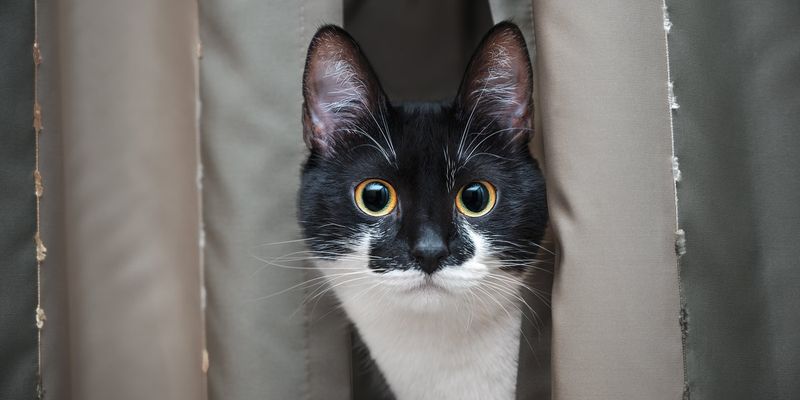
Have you ever felt like your cat is trying to peer into your soul? Their intense gaze is not just about curiosity. Cats use eye contact to communicate trust and understanding.
It’s their way of bonding with humans. When a cat stares at you, it often means they’re seeking attention or trying to convey something important. This behavior is similar to how humans use eye contact in conversations to express engagement and empathy.
So next time your feline friend fixes their eyes on you, know that it’s a sign of their profound connection with you.
Mirroring Your Moods
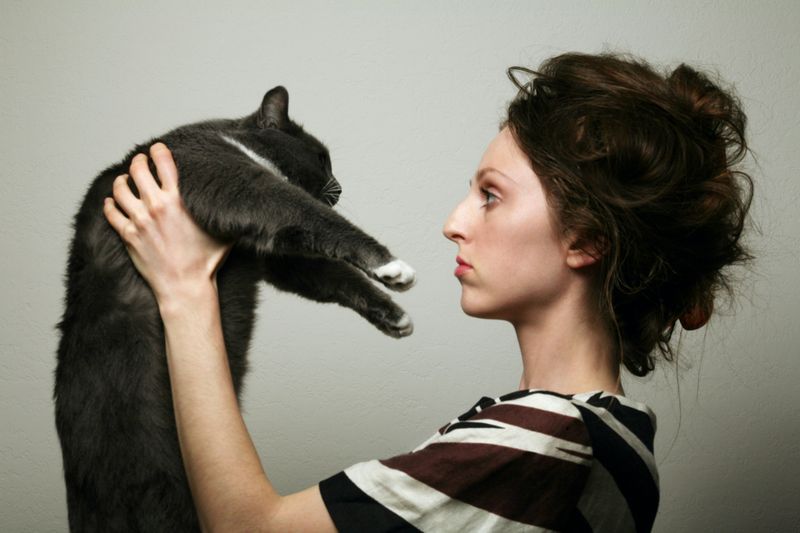
Cats are exceptionally sensitive to human emotions. They seem to mirror our moods, reflecting our state of mind. If you’re feeling down, your cat might curl up next to you, offering silent companionship.
On the flip side, during joyful moments, they may become more playful and energetic. This mirroring behavior demonstrates their ability to sense and adapt to our emotional landscapes.
It’s like having a furry emotional barometer at home. Their response to our feelings is a testament to their intuitive understanding of human emotions, making them perfect empathetic companions.
Understanding Voice Tones
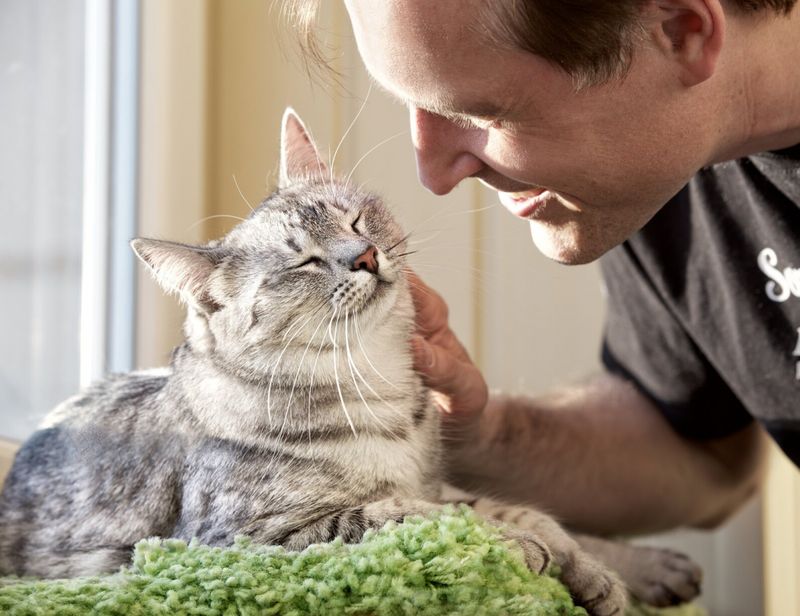
Cats don’t just hear our words; they understand the tone. They can discern between a soothing coo and a stern command. When you call them with a gentle voice, they often respond with purrs and rubs.
Conversely, a sharp tone may cause them to retreat or freeze. This sensitivity to vocal cues highlights their acute hearing and emotional intelligence.
By perceiving nuances in our speech, cats demonstrate a remarkable capacity to interpret human communication. It’s almost as if they’ve mastered the art of reading between the lines, responding to our hidden sentiments.
Following Routines
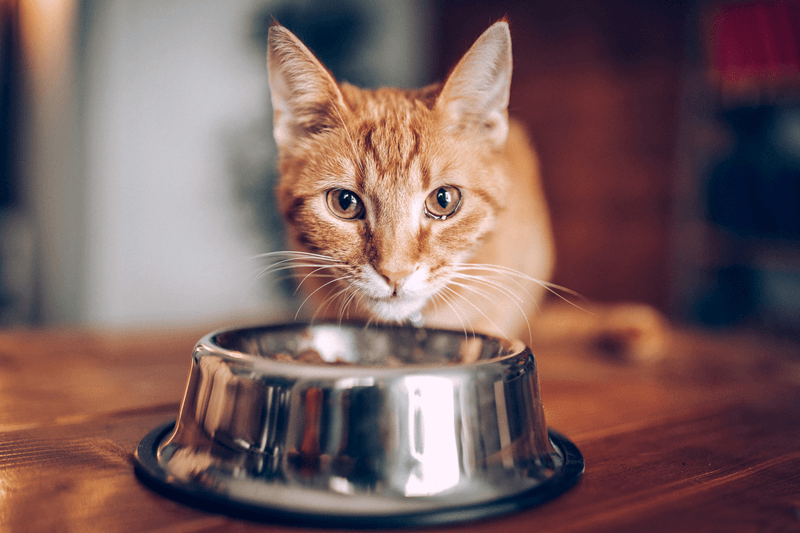
Cats are creatures of habit, often following our daily routines with uncanny precision. They know when it’s time to eat, play, or rest, aligning their activities with ours. This behavior is not just about routine but also about understanding.
By syncing with our schedules, cats show they comprehend the rhythm of our lives. They anticipate our movements and even adjust to changes. This synchronization is a sign of their adaptability and awareness.
Their ability to follow routines highlights their intelligence and willingness to harmonize their lives with ours.
Responding to Names
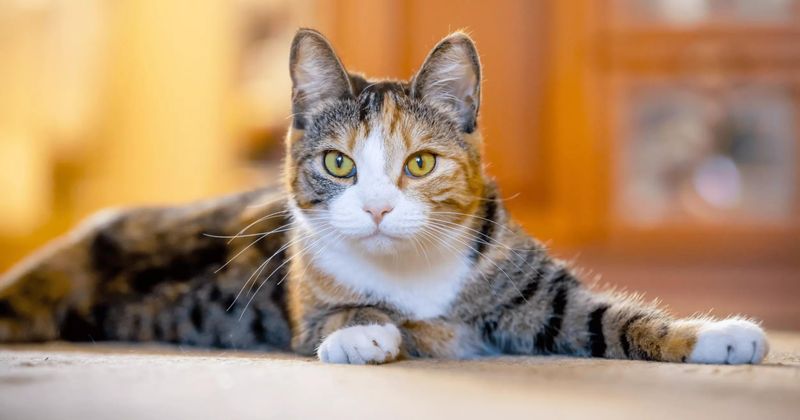
Believe it or not, cats can learn to recognize their names. When called, they may perk up, turn their heads, or even come running. This behavior is a clear indicator that they associate the specific sound of their name with attention or rewards.
It’s a delightful demonstration of their cognitive skills and their ability to connect sounds to meanings. This responsiveness shows that they are not as aloof as they are often portrayed.
The next time your cat responds to their name, remember it’s a sign of their understanding and affection towards you.
Purring and Kneading

Purring and kneading are not just random actions; they are expressions of contentment and trust. When a cat purrs or kneads on your lap, they are signaling comfort and happiness.
This behavior often stems from kittenhood, where they knead their mother’s belly to stimulate milk flow. As adults, they continue this habit to show they feel safe and loved around you.
It’s a tactile way cats express their emotions and bond with their humans. The rhythmic motions and soothing purrs are therapeutic, reinforcing the idea that cats understand and reciprocate our affection.
Bringing You Gifts
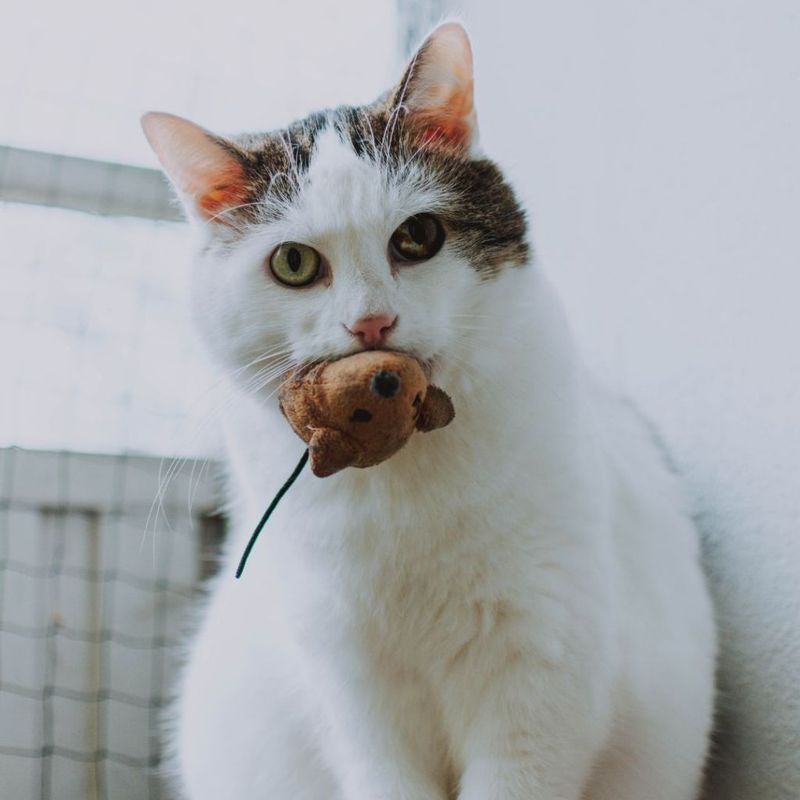
While it might be unsettling to find a mouse on your doorstep, this behavior is a sign of affection. Cats bring gifts as a way to share their success and show their love. It’s a gesture rooted in their natural hunting instincts.
By presenting their catch, they are treating you as part of their family. This behavior also indicates their desire to care for and protect you. It’s their unique way of contributing to the household.
So, while you might not appreciate the gift itself, recognize the sentiment behind it as a token of their bond.
Head Butting
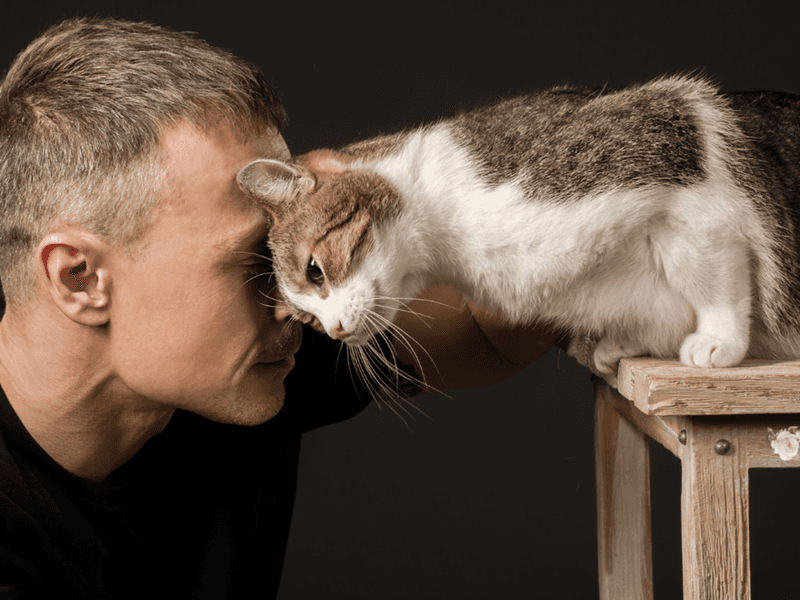
Head butting, or “bunting,” is a charming way cats show affection. When a cat bumps its head against you, it’s marking you with their scent. This behavior is a form of bonding and trust.
It’s their way of saying you belong to them. Head butting is also a request for attention and petting. The gentle nudge is a cat’s friendly greeting, a sign they feel comfortable and secure with you.
This simple yet profound gesture is filled with love, showing that cats have a special way of expressing their admiration for their humans.
Tail Communication
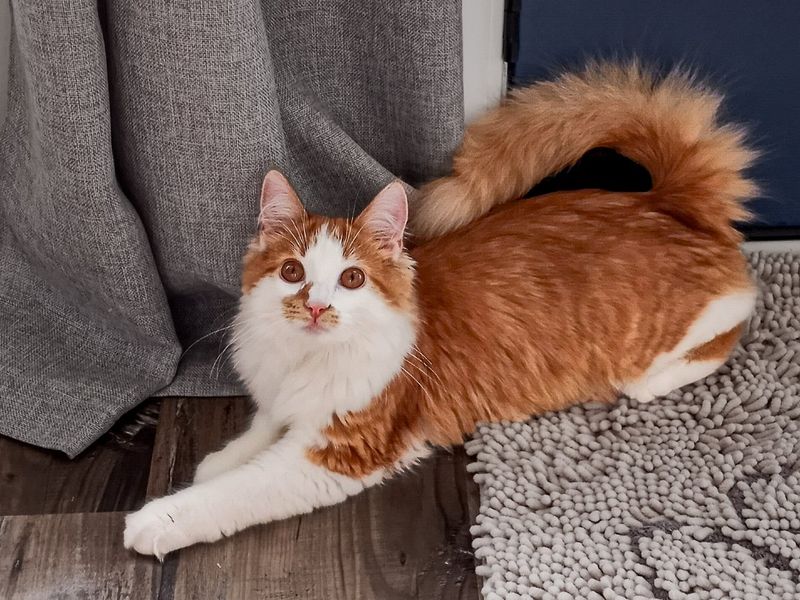
A cat’s tail is a versatile tool for communication. Whether held high in confidence or twitching in irritation, it conveys a range of emotions. Observing their tail movements can reveal how they feel.
A wrapped-around-your-leg tail is a sign of affection, while a puffed-up tail indicates fear or aggression. This complex language of tails is an insight into their emotional state. It’s as if they’ve developed their own semaphore system to interact with us.
Understanding tail signals is key to understanding your cat’s mood and nurturing a harmonious relationship.
Listening to Conversations
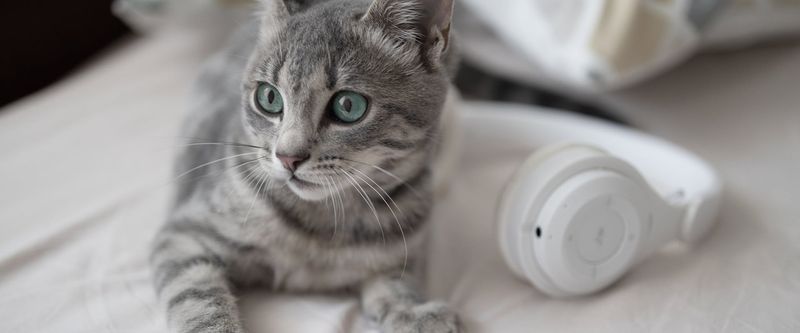
Have you noticed your cat attentively listening when you speak? This behavior is not mere curiosity. Cats are keen observers and listeners. They often appear to be eavesdropping on your conversations, absorbing the tone and rhythm of your voice.
This attentiveness suggests they are not only aware of your presence but also engaged with what you’re saying. It’s a testament to their social intelligence and desire to be part of your world.
Cats listening in on conversations is a charming way they demonstrate their interest in our lives and interactions.
Following Footsteps
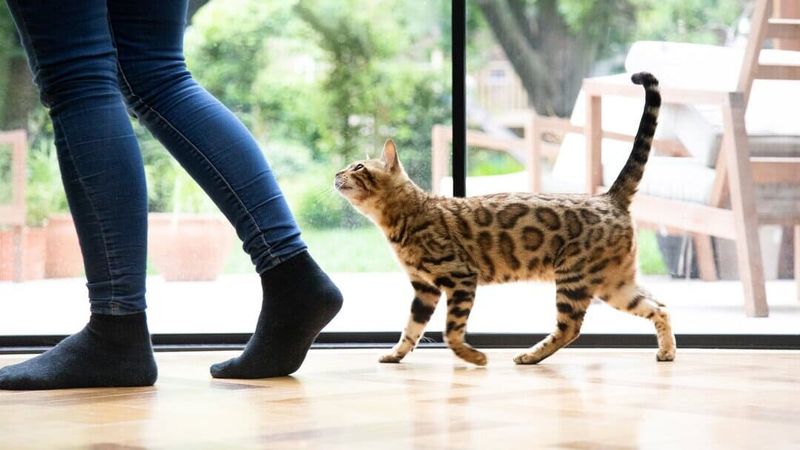
Ever had a little shadow following you around the house? When cats follow you from room to room, it’s not just about curiosity. It’s a sign of attachment and loyalty. This behavior shows they want to be near you, sharing in your daily activities.
It’s their way of showing they consider you part of their territory and life. This trailing presence is a comforting reminder of their companionship and affection.
Cats following footsteps demonstrate their desire to be involved in every aspect of your day, proving their deep connection with you.
Comforting When Sick
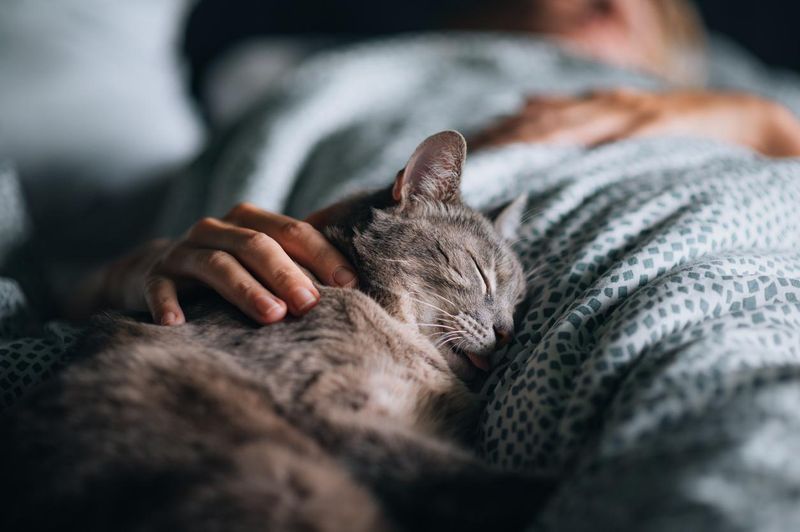
Cats have an uncanny ability to sense when we’re not feeling well. Many owners report their feline friends staying close during times of illness, offering a comforting presence. This behavior goes beyond mere coincidence.
It suggests cats can detect changes in our physical or emotional state. Their instinct to provide comfort during these times is a profound expression of empathy and care. By snuggling up when you’re sick, they bring warmth and companionship.
This nurturing side of cats highlights their sensitivity and reinforces the bond they share with their human companions.

